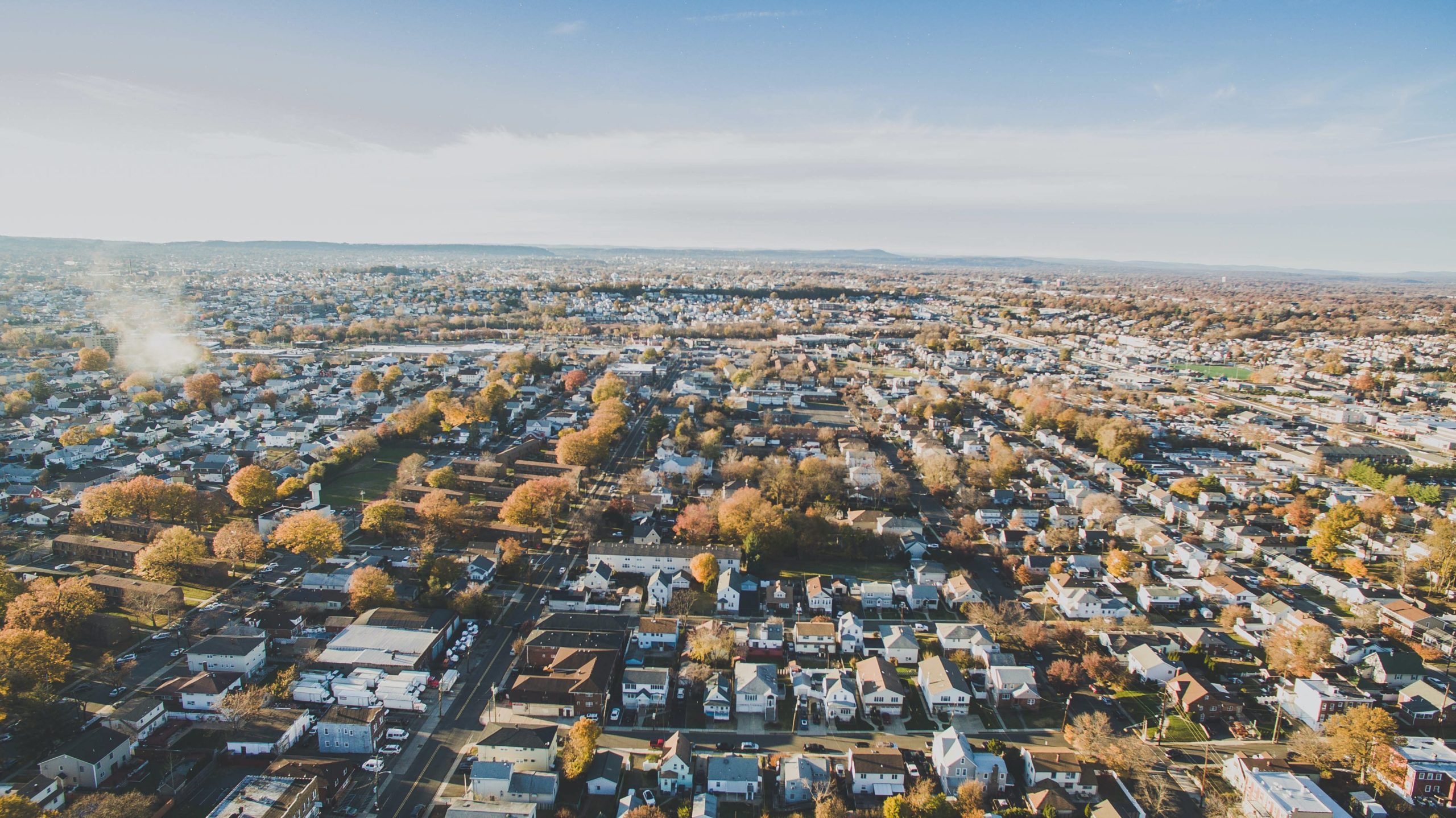The Economic Costs for U.S. States Who Opt Out of Refugee Resettlement
Date: December 10, 2019

In late September, the Trump Administration issued an executive order that requires state and local governments to give written consent to accept refugees. If a state or a locality fails to submit such consent before January 21, agencies will be unable to resettle refugees in those jurisdictions. This will ultimately keep U.S. families from reunifying and prevent cities and towns from receiving refugees that would bring skills and their entrepreneurial spirit to help revitalize local economies.
Our analysis takes a look at what the economic costs would be if states choose to opt out of the refugee resettlement program in 2020. We find that a state may be risking millions of dollars in income and additional economic stimulus—just by opting out for one year. These millions of dollars would also come on top of the direct loss of federal funding for refugee resettlement—money that is usually spent locally, supporting local businesses and the economy. Specifically, the research found that:
Table 1: Economic Cost of Opting Out of Accepting Refugees for Select States
| State | Loss in Income |
| Arizona | $9.1M |
| California | $11.6M |
| Florida | $5.1M |
| Georgia | $3.8M |
| Iowa | $5.8M |
| Indiana | $4.6M |
| Kentucky | $6.7M |
| Maryland | $4.2M |
| Missouri | $2.9M |
| Nebraska | $1.7M |
| New York | $7.5M |
| Tennessee | $4.1M |
| Texas | $17.1M |
Refugees have an enduring legacy on the American communities they have come to call home, and cities and towns across the country have seen first-hand the positive impact that has come with them. Refugees have higher rates of entrepreneurship and homeownership than other immigrants. Many aging and once declining communities—from Utica, New York to St. Louis, Missouri—have credited young, entrepreneurial refugees with injecting new dynamism into the local labor force and revitalizing commercial main streets.
Click below to find out how refugees contribute to your state:
- Arizona
- California
- Florida
- Georgia
- Illinois
- Iowa
- Kansas
- Kentucky
- Maryland
- Massachusetts
- Michigan
- Nebraska
- North Carolina
- Ohio
- Pennsylvania
- Tennessee
- Texas
Methodology
Data Sources: 5-year sample of the American Community Survey (ACS) from 2017, downloaded from IPUMS, and refugee resettlement data from WRAPS, maintained by U.S. Department of State.
The estimates presented here reflect the results of NAE’s most recent analysis as of Nov. 22, 2019.
Using the methodology from NAE’s previous report on refugees, we identify the likely refugees in the 5-year ACS sample from 2017 and focus on recent refugees—the ones who arrived from abroad between 2013 and 2017—since they are most likely to share the economic characteristics of refugees who will be resettled in the United States in 2020. After aggregating their total personal income from sources including wage, business, and farm, we divide it by the total number of recent refugees, including people under the age of 15, to get an estimate of average income for all recent refugees in select states.
Under the assumptions that the maximum number of refugees allowed into the United States will be held at 18,000 through fiscal year 2021 and the cap will be reached in both fiscal years 2020 and 2021, based on previous resettlement data, we analyze WRAPS data to get states’ share of all refugees resettled in the United States in calendar year 2018. We apply that those shares to the refugee cap of 18,000 to get the estimated number of refugees that will be resettled in each of the selected states in calendar year 2020. We then multiply this number by the average income for recent refugees in that state to generate our estimate of total loss in income that refugees would have earned if certain states choose to opt out of the refugee resettlement program.






